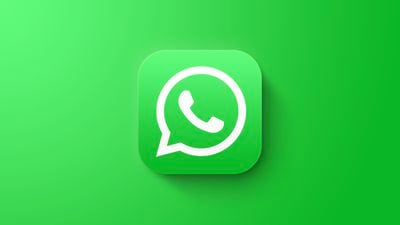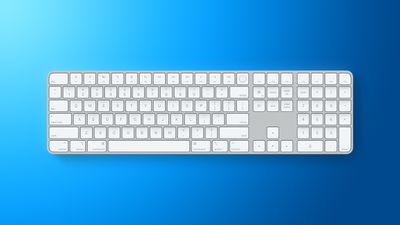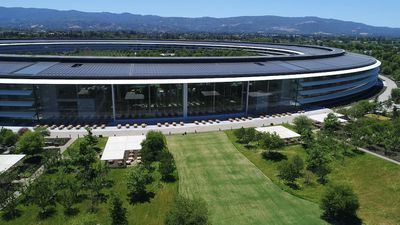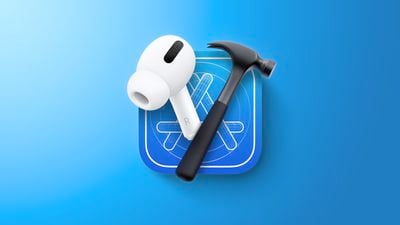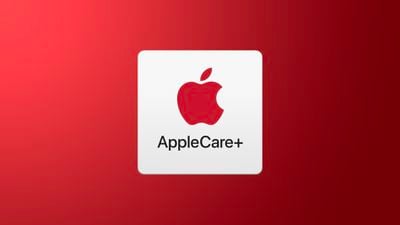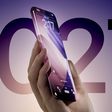Apple's eighth-generation iPad mini is highly likely to arrive next year, offering a significant refresh of the device with at least four major new features.

OLED Display
The next-generation version of the iPad mini could feature an OLED display, as part of Apple's plan to expand the display technology across many more of its devices. Apple's first OLED device was the Apple Watch in 2015, followed by the iPhone in 2017 and the iPad Pro in 2024. It now apparently plans to bring the technology to more devices, such as the iPad Air, MacBook Air, and MacBook Pro, and could start with the iPad mini next year.
The current iPad mini has a Liquid Retina LCD display, just like the iPad Air. OLED offers higher contrast with true blacks, wider viewing angles, faster response times, better efficiency, and generally better perceived picture quality than LCD.
A19 Pro Chip
The current iPad mini came out in 2024, with the main upgrade over the previous version being the A17 Pro chip and Apple Intelligence support. The previous generation introduced a complete redesign and the A15 Bionic chip.
In August, Apple mistakenly shared code that revealed key information about the next-generation iPad mini with the codename J510/J511: The device features the A19 Pro chip, which is used in the iPhone Air, iPhone 17 Pro, and iPhone 17 Pro Max.
The current iPad mini uses a version of the A17 Pro chip from the iPhone 15 Pro with a five-core GPU. The A19 Pro used in the iPhone Air also has a five-core GPU, as opposed to the full six-core version in the iPhone 17 Pro models, so it seems likely that this binned version of the chip will be the one used in the next iPad mini.
Water-Resistant Design
Bloomberg claims that Apple is working on a version of the iPad mini that has a more water resistant design, making it the first iPad with a water resistance rating.
While the iPhone has IP68 water resistance that allows it to withstand submersion in water up to six meters deep for 30 minutes, it is not yet known what IP rating the iPad mini might feature. The iPad mini's updated casing is expected to offer water resistance similar to the iPhone, making it safe for casual use in wet environments like a bath or a pool area.
Redesigned Speaker System
Apple has reportedly developed a new speaker system for the iPad mini that uses vibration-based technology, allowing for the speaker holes in the device to be removed. Removing the speaker holes would cut down on areas where water could get into the crevices of the iPad mini.
For the iPhone, Apple uses adhesive and gaskets to protect the speaker holes and other ingress points from water intrusion, so the iPad mini's design would be different. The current iPad mini does not have an official water resistance rating and it is not safe to get it wet.
Release Date and Price
There are no specific rumors about when the next iPad mini will be released, but a launch alongside new iPad Air models in the first half of 2026 seems likely. With an OLED display, water resistance, a new speaker system, and a faster chip, the device is expected to be more expensive, and Apple could charge up to $100 more for the device. The iPad mini is currently priced starting at $499.


 Note: MacRumors is an affiliate partner with some of these vendors. When you click a link and make a purchase, we may receive a small payment, which helps us keep the site running.
Note: MacRumors is an affiliate partner with some of these vendors. When you click a link and make a purchase, we may receive a small payment, which helps us keep the site running.

